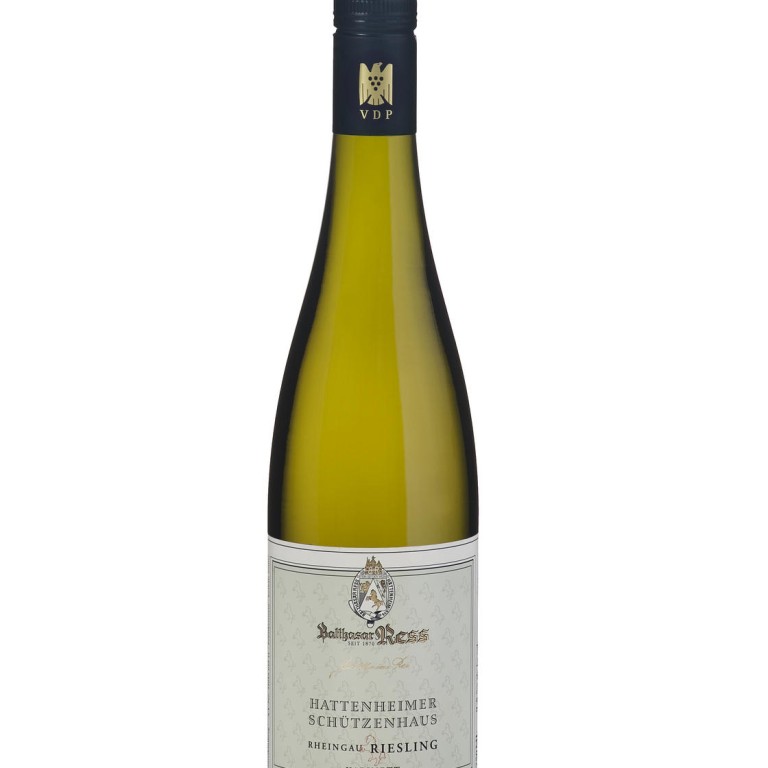
German wine tasting
Sarah Wong

Many consumers mistakenly associate riesling only with sweet wines, but the grape can be made into sparkling, dry, off-dry, sweet and even honeyed elixirs. Germany's climate is classified as cool, meaning that grapes may take time to attain ripeness and acidity levels will tend to be high. Winemakers do not ferment the wine to dryness, instead leaving a little sugar to balance out the sharp acidity. Acid tends to disguise sugar, in fact some wines that contain sugar are perceived to be dry. A good riesling with a little residual sweetness will never taste cloyingly sweet as the acidity will cleanse and refresh the palate.

Balthasar Ress, located in the Rheingau, is a family winery that dates back to 1870. More than 90 per cent of its vineyards are riesling. It is a good starting point to taste the diversity of riesling styles from dry to sweet.
The term indicates that the grapes are from a first-growth vineyard. Quality standards dictate yield levels and a maximum residual sugar level - 13 grams per litre. This wine is labelled (dry).
Quite closed on the nose, with mineral, apple and citrus notes. These have a medium body, are dry with high levels of acid and lean with a long finish. A great wine for delicate dishes. HK$570
Spätlese (late harvest) means that the grapes have a higher ripeness levels, and tend to be richer and more concentrated. Sugar levels tend to be higher than in kabinett wines.
There are honeyed, floral notes that are rich on the palate and sweet with well balanced acidity. Works well with desserts or rich, savoury dishes. HK$630
Kabinett wines are made from grapes picked at the lower end of the ripeness spectrum. They will tend to be lower in sugar, but sweetness levels will ultimately depend on harvest conditions in that particular year.
Citrus and mineral notes with a medium body that is off-dry. Very well balanced with a long finish. Can be enjoyed as an aperitif or a food wine with spicy dishes. HK$200


